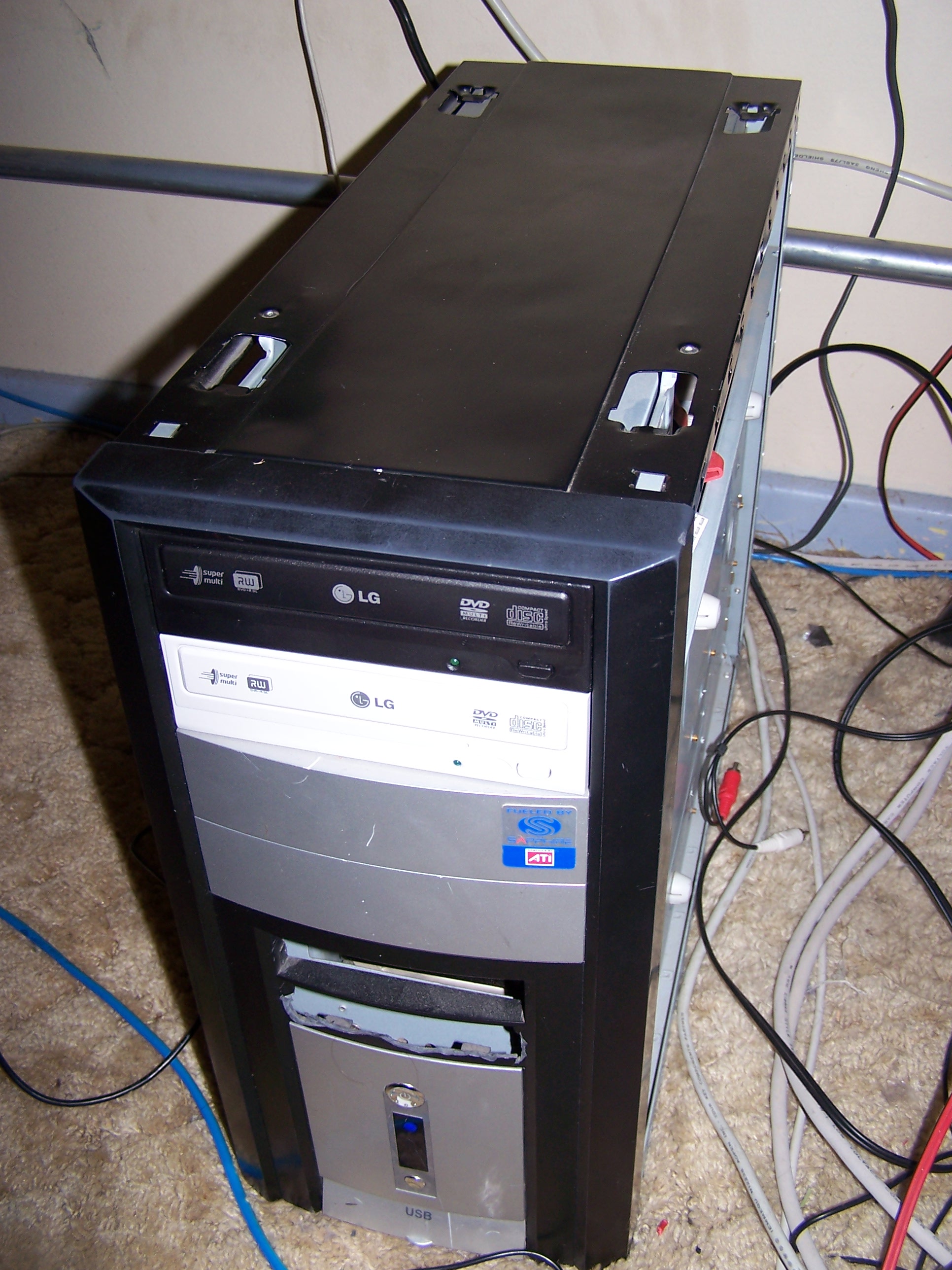Learning Resources
Chassis Form Factor
Types of Form Factors:
- AT Advance Technology (older model has a DIN/5 keyboard connector)
- ATX Advance Technology Extended (most popular type of computer case use today)
- BTX Balance Technology Extended (newest form factor known as the cooling case)
- SFF Small Form Factor
- ITX Type of case found on alot of mini and micro computers
Cases can come in many different sizes (known as form factors). The size and shape of a computer case is usually determined by the form factor of the motherboard, since it is the largest component of most computers. Consequently, personal computer form factors typically specify only the internal dimensions and layout of the case. Form factors for rack-mounted and blade servers may include precise external dimensions as well, since these cases must themselves fit in specific enclosures.
For example, a case designed for an ATX motherboard and power supply may take on several external forms, such as a vertical tower (designed to sit on the floor, height > width) or a flat desktop (height < width) or pizza box (height ≤ 5 cm (2 in), designed to sit on the desk under the computer's monitor). Full-size tower cases are typically larger in volume than desktop cases, with more room for drive bays and expansion slots. Desktop cases—and mini-tower cases designed for the reduced microATX form factor—are popular in business environments where space is at a premium.
Currently, the most popular form factor for desktop computers is ATX, although microATX and small form factors have also become very popular for a variety of uses. In the high-end segment the unofficial and loosely defined XL-ATX spec appeared around 2009. XL-ATX extends the length of the Mainboard to accommodate 4 graphics cards with dual-slot coolers.
As of 2010 mini ITX is the widely used and the most common small form factor Mainboard standard. The latest mini ITX mainboards from Asus, Gigabyte, Zotac and Foxconn offer the same feature set as Full size Mainboards. Highend mini ITX mainboards support standard desktop CPUs, use standard memory DIMM sockets and feature a full size pciE 16x slot with support for the fastest graphics cards. This allows customers to build a fully fledged high-end computer in a significantly smaller case. Apple Inc. has also produced the Mac Mini computer, which is similar in size to a standard CD-ROM drive.
Tower cases are often categorized as mini-tower, mid-tower or full-tower. Full tower cases are typically 56 cm (22 in) or more in height and intended to stand on the floor. They have anywhere from six to ten externally accessible drive bays. The ratio of external to internal bays is shifting, however, as computing technology moves from floppy disks and CD-ROMs to large capacity hard drives, USB flash drives, and network-based solutions. Midtower cases are smaller, about 46 cm (18 in) high with two to four external bays. A minitower case will typically have only one or two external bays and stand from 36 cm (14 in) to 41 cm (16 in) tall. In 2012 CoolerMaster introduced the Cosmos II "ULTRA-Tower" case, standing 71 cm (28 in) tall and featuring 16 drive bays.
An ATX form factor -

An Baby AT form factor


